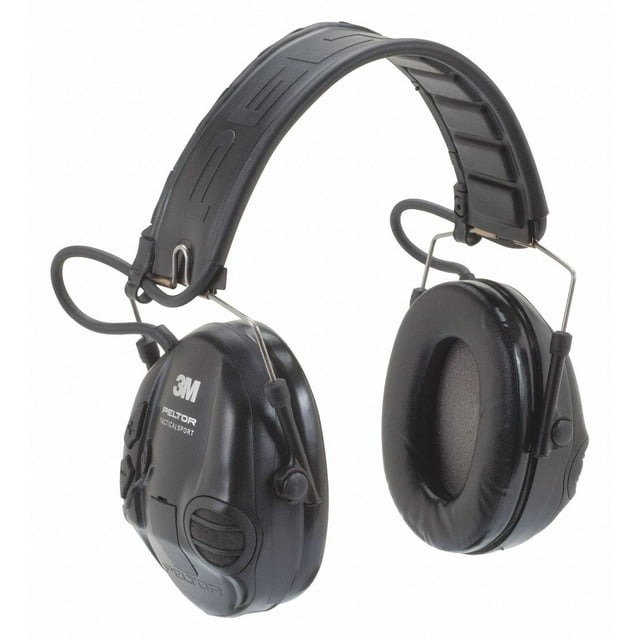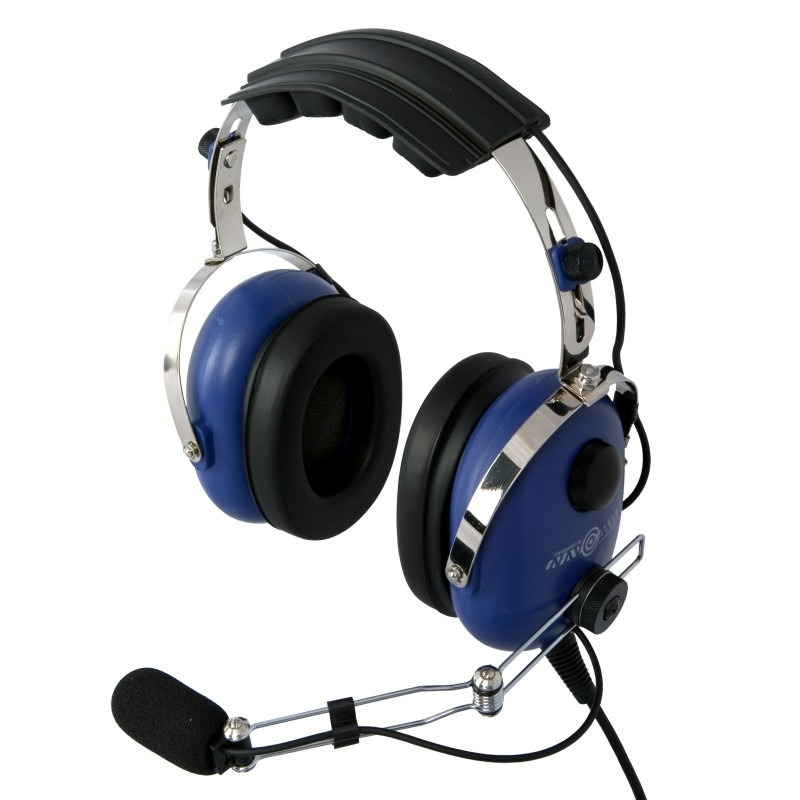Introduction to Tactical Headsets
When choosing tactical headsets, you enter a world of specialized audio equipment. Tactical headsets are more than headphones. They protect hearing, deliver clear communication, and endure harsh conditions. People in the military, law enforcement, and other demanding fields rely on them.
Tactical headsets must be reliable. They often feature noise cancellation, tough build, and secure fit. These traits are vital in high-stress environments. Picking the right set involves understanding these features and more. This guide breaks down what you need to know to make an informed choice.
From sound quality to compatibility, every aspect matters. You will learn about their importance, types available, and key differences. This article helps match the right tactical headsets with your needs. Let’s dive in.

Key Features of Quality Tactical Headsets
When seeking high-quality tactical headsets, certain features should be non-negotiable. Here are the key attributes to look for:
Sound Quality
Sound clarity is critical. A good tactical headset delivers clear audio, allowing for accurate communication. Look for headsets with high-definition speakers and advanced sound processing technology. This ensures messages come through loud and clear, even in noisy situations.
Noise Cancellation
Close to sound quality is noise cancellation. These headsets often have active noise-cancelling technology. It filters out background noise. This feature is vital for maintaining focus and situational awareness.
Durability
A robust build is essential. Quality tactical headsets can withstand rough handling and extreme conditions. They must be impact-resistant and have reinforced cables. This ensures they last longer and provide consistent performance.
Comfort
Comfort is also crucial. Users often wear these headsets for extended periods. Look for lightweight designs with cushioned ear cups and adjustable headbands. This minimizes fatigue and allows continuous use without discomfort.
Battery Life
For wireless models, battery life is a major feature. Select headsets with long-lasting batteries. They should provide ample power for extended missions without the need for frequent recharges.
Secure Fit
A secure fit prevents the headset from shifting during movement. Choose headsets with an adjustable and snug fit. This helps to maintain a stable position and ensure reliable communication.
Incorporating these features, tactical headsets become a critical asset in demanding environments. They provide clear communication, comfort, and reliable performance. Keep these key features in mind to ensure you choose a tactical headset that meets your needs.
The Importance of Sound Quality and Noise Cancellation
Choosing the right tactical headsets hinges on two crucial features: sound quality and noise cancellation. These elements are fundamental for users who must stay alert and communicate effectively in noisy or chaotic environments.
Sound Quality
Good sound quality ensures critical messages are heard and understood. In high-stress situations, the clarity of instructions can make a significant difference. Look for headsets with crisp, high-definition audio. These allow users to pick up subtle sounds and nuances in communications. This clarity can mean the difference between a successful operation and a compromised one.
Noise Cancellation
Noise cancellation complements sound quality. By filtering out ambient noise, it sharpens focus and enhances situational awareness. Active noise-cancelling headsets are ideal. They use advanced technology to isolate the user from distractions. This feature is crucial in environments where background noise can drown out important communication.
In summary, sound quality and noise cancellation are the backbone of a reliable tactical headset. They provide the clarity and concentration needed in critical conditions. When selecting a headset, consider these features a top priority for optimal performance and safety.

Durability and Comfort: Must-Have Traits
Choosing tactical headsets involves more than just audio performance. Durability and comfort are crucial.
Durability
Tactical headsets must endure tough conditions. Users can find themselves in rain, dust, or drops. Look for ones with solid construction and water resistance. Impact-resistant materials and reinforced cables are key to withstanding harsh use.
Comfort
For those wearing headsets all day, comfort is a priority. You want lightweight designs and cushioned ear cups. Adjustable headbands make a big difference too. They help distribute weight evenly, reducing pressure points. This allows for prolonged use without pain or distraction.
Remember, headsets should last long and not cause strain. Balance durability and comfort for the best choice.
Compatibility with Other Tactical Equipment
Choosing tactical headsets is not just about the headset itself. How they mesh with other gear is key. Your headset should work well with helmets, eyewear, and other equipment. Here’s what to look for:
- Integration with Helmets: A good tactical headset must fit comfortably under or attach securely to helmets. Some are designed with this in mind. Check if they have slim profiles that do not interfere with your helmet’s fit.
- Glasses Compatibility: If you wear glasses or protective eyewear, ensure your headset does not press them against your head. This causes discomfort. Look for headsets with ample space around the ear cups or flexible materials.
- Interface with Communication Devices: Your headset should connect easily to radios and other comms tools. Look for universal ports or adaptable connectors that support various devices.
- Access to Controls: Can you reach the headset’s controls while wearing gloves or other gear? Make sure buttons and dials are accessible and easy to operate.
- Cable Management: Headsets with cables should have a way to secure them to avoid tangles with other gear.
These details make a big difference. They ensure your tactical headset enhances, not hinders, your efficiency. Keep compatibility at the forefront of your decision. It assures seamless operation with your full tactical setup.
Wired vs. Wireless Tactical Headsets: Pros and Cons
Choosing between wired and wireless tactical headsets means weighing their advantages and disadvantages. Each caters to different needs and preferences.
Pros of Wired Tactical Headsets
Wired headsets boast direct connections. This eliminates the worry of battery life. They provide a stable and secure link for communication. There’s no risk of interference from other wireless devices. Wired options often cost less. They are a reliable choice for budget-conscious users.
Cons of Wired Tactical Headsets
However, wires can limit movement. They may snag on equipment, causing inconvenience or danger. Cable damage is a common issue. This leads to potential communication failures.
Pros of Wireless Tactical Headsets
Wireless tactical headsets offer freedom of movement. They allow users to move without cable constraints. Battery technology has improved, providing longer use times. Advanced headsets have secure wireless communications. Clear audio is possible, even without wires.
Cons of Wireless Tactical Headsets
On the downside, wireless headsets depend on battery life. They require recharging or spare batteries for prolonged missions. They may incur higher costs. Additionally, wireless devices could face interference from other signals.
In conclusion, wired headsets stand out for reliability and cost-effectiveness. Wireless headsets shine in mobility and modern technology. Consider your specific needs and scenario before making a choice.
The Role of Tactical Headsets in Various Professions
Tactical headsets play a key role across different fields. In the military, clear comms can be life-saving. Operators rely on them for critical intel and orders. For law enforcement, they help in coordinating tactics quietly. Ears stay protected during firearms use. In aviation, pilots use them to cancel out engine noise. This ensures smooth communication with ground control. In shooting sports, participants preserve their hearing. They also stay aware of their surroundings. Even construction workers benefit from them. They keep loud machinery noise to a minimum. In each profession, the emphasis is clear. Sound quality, noise cancellation, and reliability are top priorities. Tactical headsets meet these needs, adapting to various work scenarios. Picking the right model for your profession is essential. It boosts safety and efficiency in the field.
Buying Guide: Things to Consider Before Purchasing
Before you invest in tactical headsets, there are several factors to think about. You need to ensure that the headset you choose aligns with your specific needs. To make an informed decision, consider the following factors:
- Purpose and Use Case: Define the primary use. Is it for military operations, law enforcement activity, or shooting sports? Each scenario demands different headset features.
- Communication Requirements: Consider the types of communications you’ll engage in. Will you need compatibility with various radios or intercom systems?
- Environmental Conditions: Assess the environments you’ll operate in. Will your headset need to be dust-resistant, waterproof, or work in extreme temperatures?
- Personal Compatibility: Think about comfort over long periods. Does the headset fit well with your other gear like helmets and glasses?
- Battery Expectations for Wireless Headsets: If going wireless, understand the battery’s lifespan. Can it handle the length of your missions?
- Budget Constraints: Determine your available budget. Remember that quality often correlates with price, but balance cost with necessary features.
- Brand Reputation and Reviews: Research brands and read customer reviews. Check for consistent performance and reliability feedback.
- Warranty and Support: Look for good customer service and warranty terms. They are vital if you encounter issues or need assistance.
By taking the time to thoroughly evaluate each of these points, you’ll be better equipped to choose a tactical headset that won’t let you down when it matters most. Consider these aspects carefully to make a wise purchase that meets your operational requirements and personal preferences.
Conclusion: Making the Right Decision
When it’s time to decide, remember the key points from this guide. Tactical headsets are vital in high-stress operations. They ensure clear communication, hearing protection, and lasting performance. Sound quality and noise cancellation are crucial. They provide the audio clarity needed in demanding situations.
Durability and comfort cannot be overlooked. The headset should withstand tough environments and remain comfortable for hours. Compatibility with other gear, like helmets and communication devices, ensures seamless integration. Choose wireless headsets for freedom of movement, or wired for consistent connectivity.
Remember, the right tactical headset can make a significant impact in your profession. Whether in the military, law enforcement, or any other field that requires robust communication gear, the right choice is out there. Consider purpose, use case, and budget when making your selection.
Finally, trust reputable brands and value customer feedback. A strong warranty and support system are the safety nets that protect your investment. Take your time, weigh the pros and cons, and you’ll find the tactical headsets best suited for your unique needs.
